50+ SAMPLE Standard Lease Agreement
-
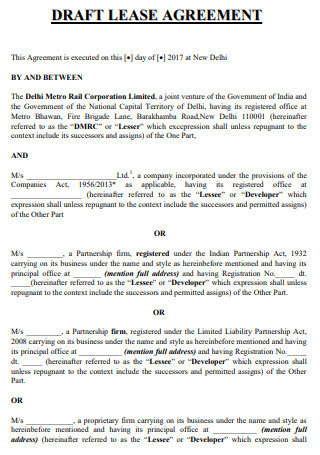
Standard Draft Lease Agreement
download now -
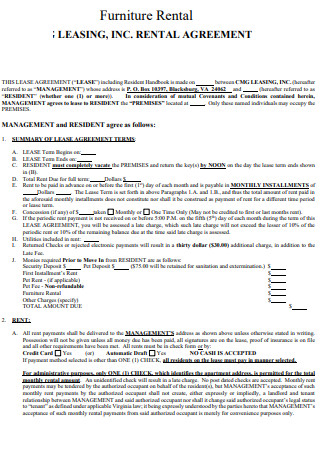
Standard Furniture Lease Agreement
download now -
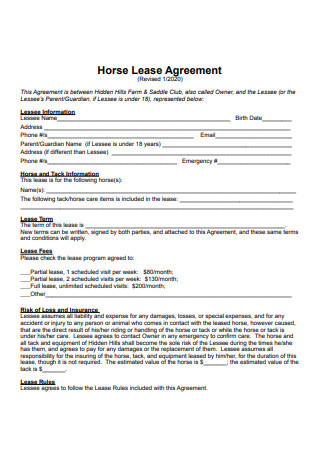
Standard Horse Lease Agreement
download now -
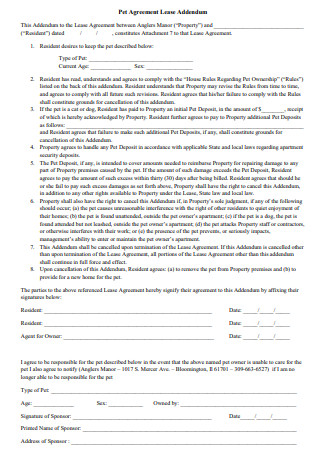
Standard Pet Addendum Lease Agreement
download now -

Standard Lease Renewal Agreement
download now -
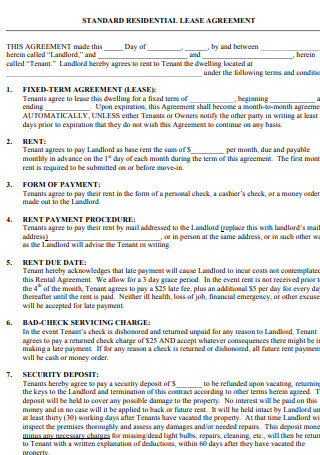
Standard Residential Lease Agreement
download now -
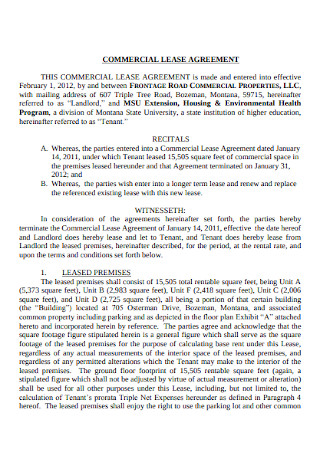
Standard Commercial Lease Agreement
download now -
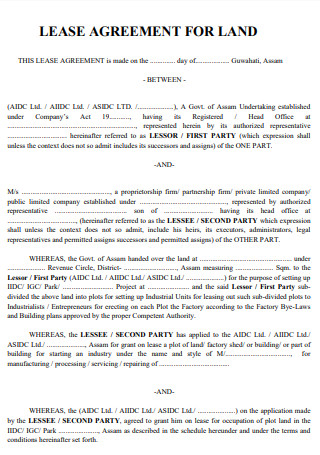
Standard Lease Agreement for Land
download now -
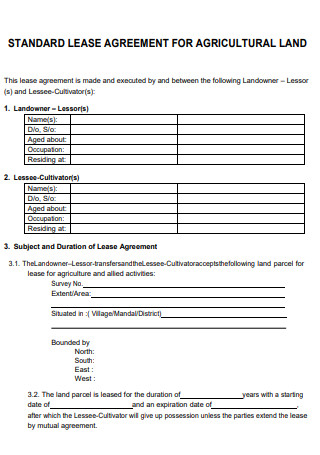
Standard Lease Agreement for Agricultural Land
download now -
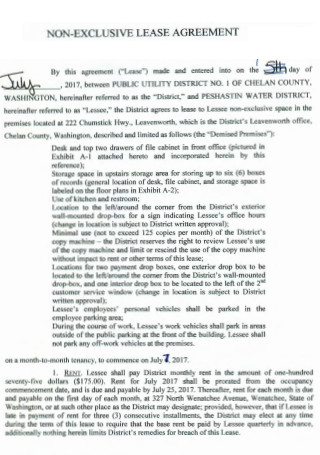
Standard Non Exclusive Lease Agreement
download now -
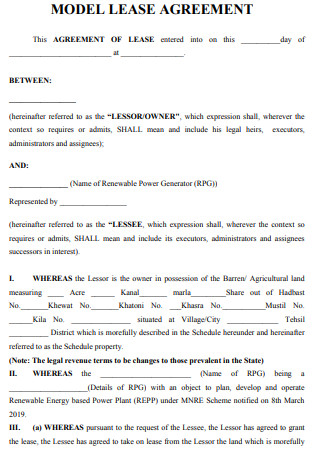
Standard Model Lease Agreement
download now -
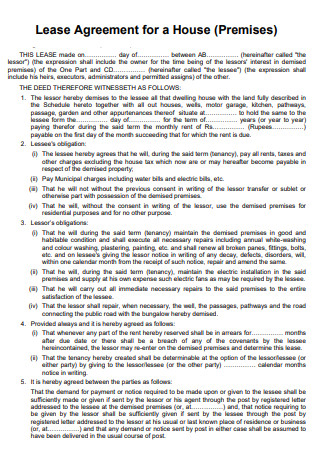
Standard Lease Agreement for House
download now -
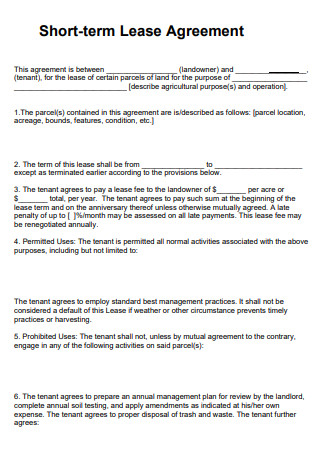
Standard Short Term Lease Agreement
download now -
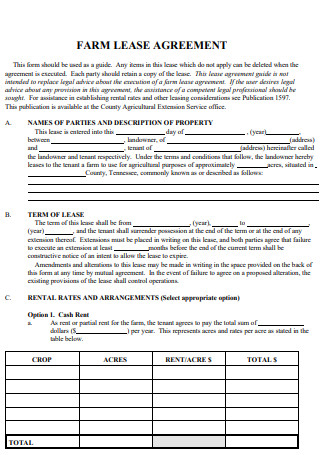
Standard Farm Lease Agreement
download now -

Standard Pasture Lease Agreement
download now -
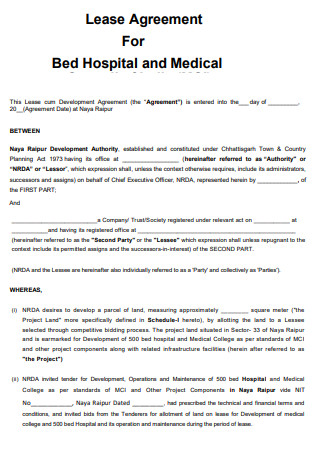
Standard Lease Agreement for Hospital
download now -
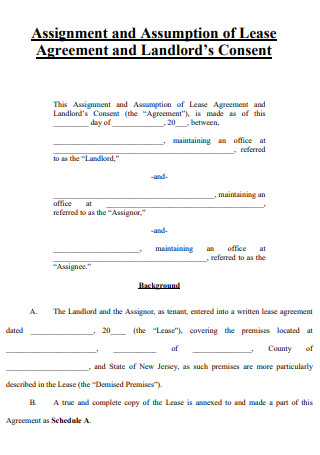
Standard Assumption of Lease Agreement
download now -
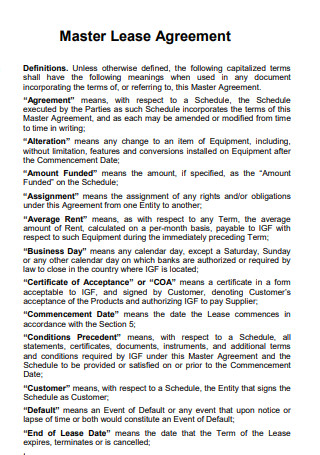
Standard Master Lease Agreement
download now -
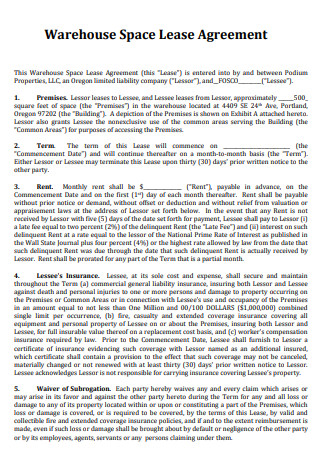
Standard Warehouse Space Lease Agreement
download now -
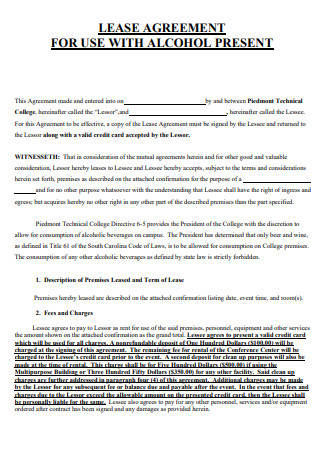
Standard Lease Agreement for Use with Alcohol
download now -
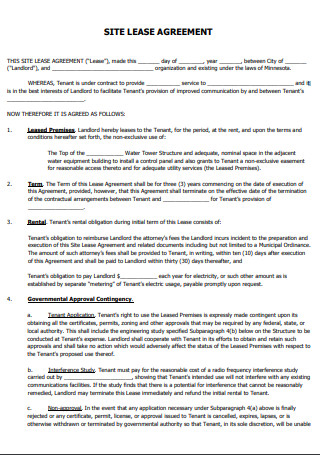
Standard Site Lease Agreement
download now -
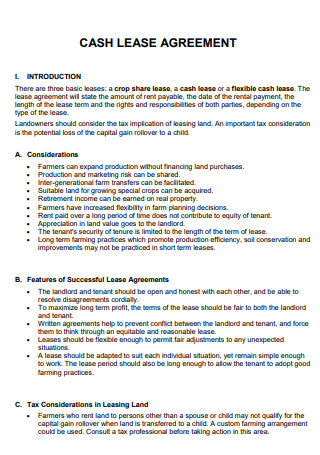
Standard Cash Lease Agreement
download now -

Standard Shopping Center Lease Agreement
download now -
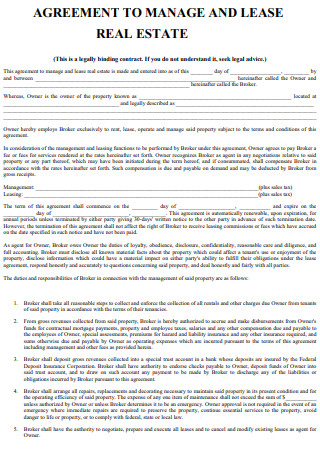
Standard Real Estate Lease Agreement
download now -
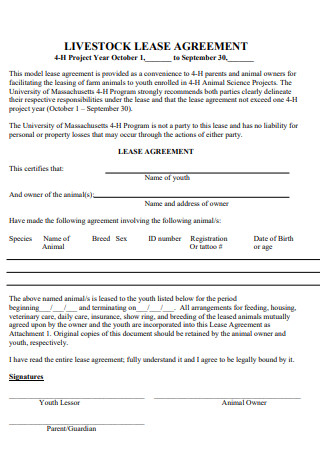
Standard Livestock Lease Agreement
download now -
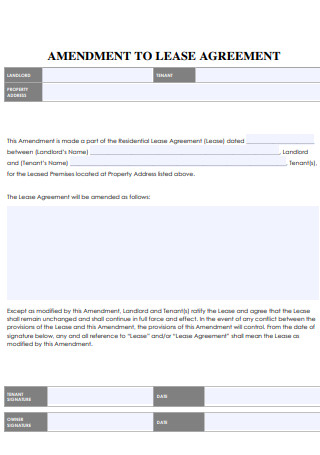
Standard Amendment to Lease Agreement
download now -

Standard Lease Agreement for Yard
download now -
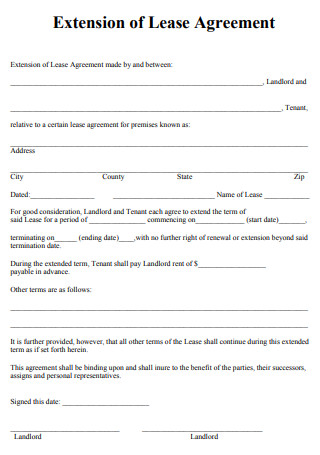
Standard Extension of Lease Agreement
download now -
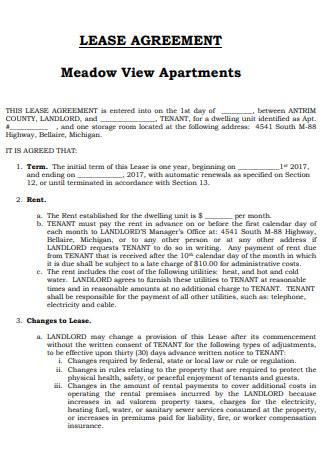
Standard Lease Agreement for Apartment
download now -
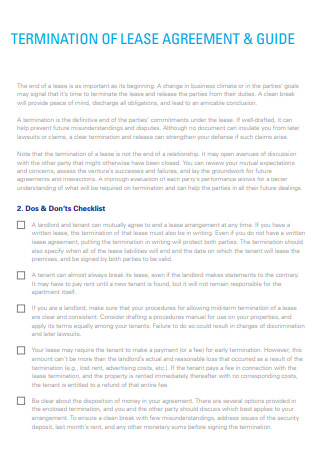
Standard Termination of Lease Agreement
download now -
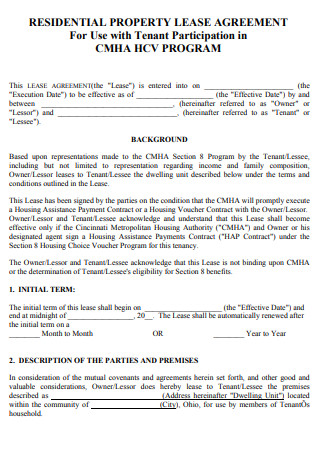
Standard Property Lease Agreement
download now -
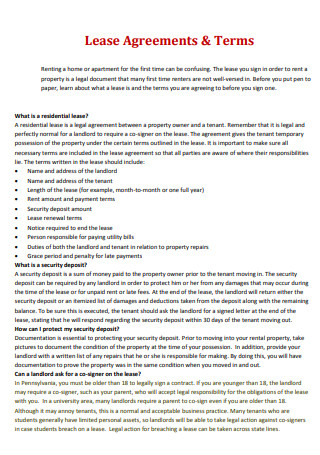
Standard Lease Agreement And Terms
download now -
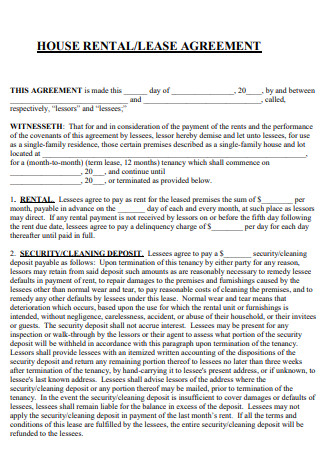
Standard House Rental Lease Agreement
download now -
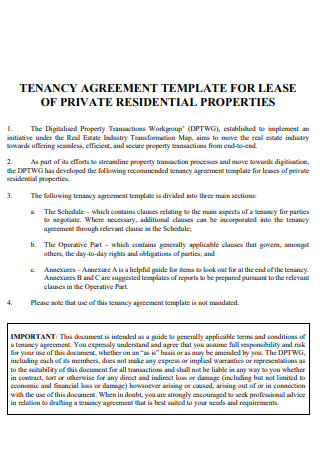
Standard Tenancy Lease Agreement
download now -
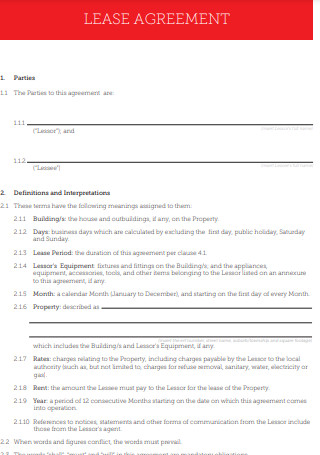
Standard Contract Lease Agreement
download now -

Standard Service Lease Agreement
download now -
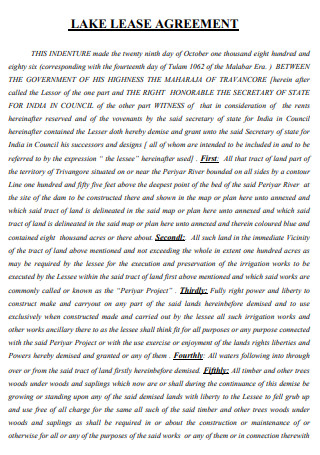
Standard Lake Lease Agreement
download now -
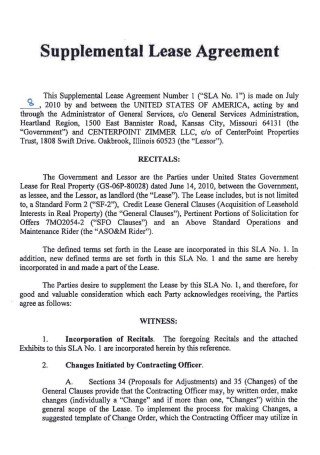
Standard Supplemental Lease Agreement
download now -
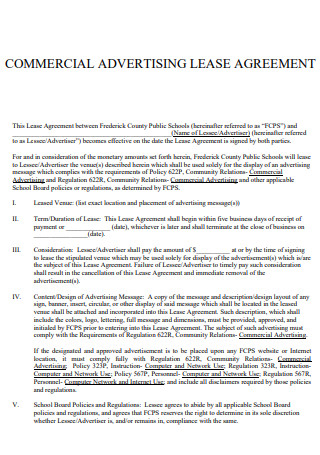
Standard Commercial Adverstising Lease Agreement
download now -
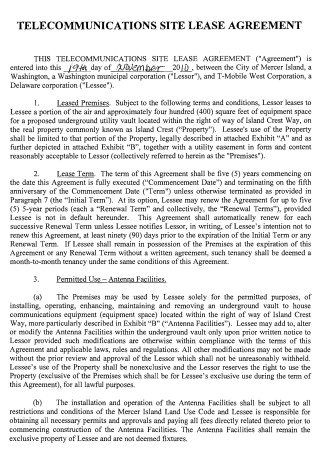
Standard Telecommunication Site Lease Agreement
download now -
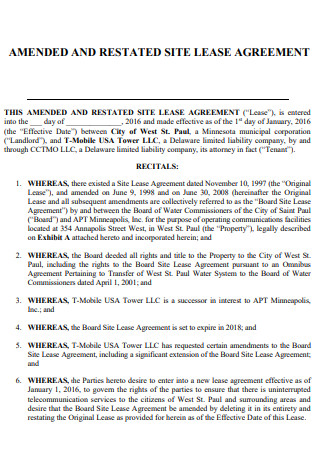
Standard Restated Site Lease Agreement
download now -
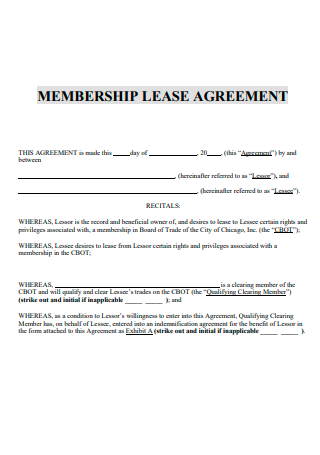
Standard Membership Lease Agreement
download now -
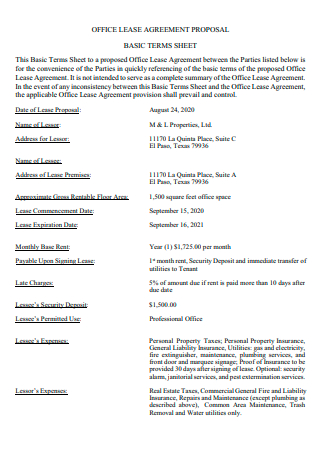
Standard Office Lease Agreement Proposal
download now -
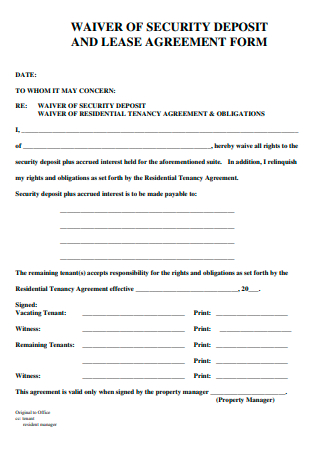
Standard Security Deposit Lease Agreement
download now -
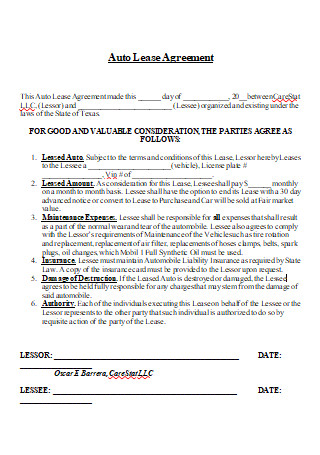
Standard Auto Vehicle Lease Agreement
download now -
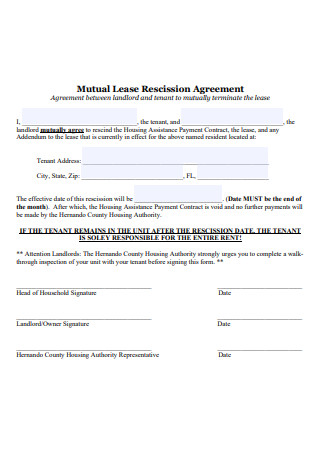
Standard Mutual Lease Rescission Agreement
download now -
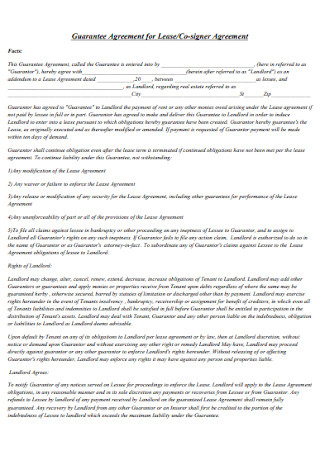
Standard Guarentee Lease Agreement
download now -
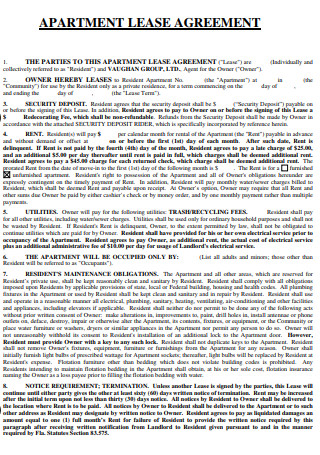
Standard Appartment Lease Agreement
download now -
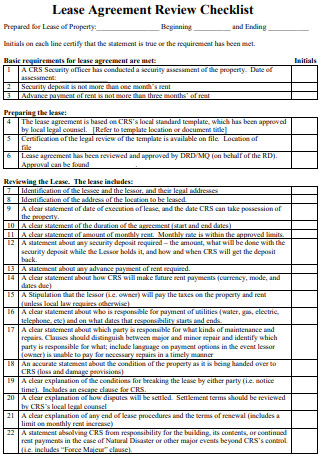
Standard Lease Agreement Review Checklist
download now -
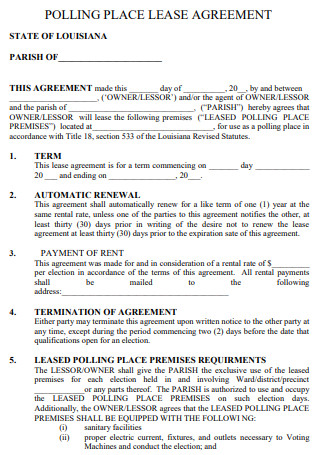
Standard Polling Place Lease Agreement
download now -
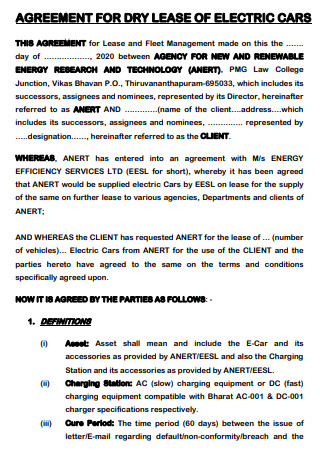
Standard Dry Lease Agreement
download now
FREE Standard Lease Agreement s to Download
50+ SAMPLE Standard Lease Agreement
What Is a Standard Lease Agreement?
Advantages of Leasing
Drawbacks of Leasing
Different Types of Leases
How to Create a Standard Lease Agreement
FAQs
Can a rental lease agreement be ended even before a tenant moves in?
What is the difference between a lease agreement and a rental agreement?
What is an example of a property or an asset that can be leased?
What Is a Standard Lease Agreement?
A standard lease agreement is a legally binding contract in which one party (also known as the lessee) agrees to rent the property that is owned by another party (also known as the lessor). It provides the renter the use of the property in exchange for regular payments to the property owner or landlord for a predetermined length of time. In addition, the borrower commits to adhere to specific rules about the usage of the property or equipment in a lease.
Having a standard lease agreement in place can protect both the lessor and the lessee through the means of setting clear expectations upfront and immediately defining the terms and conditions that need to be followed throughout the duration of the lease. Furthermore, a well-written lease also helps reduce any disagreements and misunderstandings while also providing clarity should some questions get asked or a confusing scenario arises.
Advantages of Leasing
Listed below are the advantages that come with leasing an asset:
Drawbacks of Leasing
Since leasing an asset has advantages, it is only natural that some drawbacks come with it, too. Here are some of them:
Different Types of Leases
Listed and discussed below are the different types of leases:
- Sale and Leaseback – This is the first type of lease to be discussed here. In this type of lease, the corporation that owns the asset sells it to the lessor. The lessor pays for the asset immediately but leases it to the seller. As a result, the asset’s seller becomes the lessee. The asset is retained by the seller, who is a lessee, while ownership is retained by the lessor, who is the buyer. This agreement is made so that the selling firm may acquire financing to manage the business as well as the asset.
- Import Lease – Another type of lease is an import lease. To expand it in simple terms, The company offering the equipment for lease under an import lease may be situated in a foreign nation, but the lessor and lessee may be from the same country. Furthermore, the majority of the equipment that is for lease is imported.
- Financial Lease – This type of lease refers to a contract in which payments are spread out over a longer period of time. It is a long-term lease, and the lessee will pay the lessor substantially more than the cost of the property or equipment in leasing costs. It is unreversible. The lessee bears all costs in this kind of leasing, while the lessor provides no service.
- Specialized Service Lease – In this type of leasing, the lessor or holder of the property is an expert in the asset that he is leasing out. The lessor not only leases out but also provides the lessee with customized personal service. Electronics, autos, air conditioners, and other such items are good examples of assets that can be involved in a specialized service lease.
- Operating Lease – This is another common type of lease. Under an operating lease, the lessee utilizes the asset for a specified amount of time. This can be disadvantageous for the lessor since the risk of obsolescence and incidental hazards are borne by the lessor. After giving notice, any party involved in the agreement has the opportunity to cancel the lease. Also, the lessor bears all expenditures in this form of leasing, the lessor will not be able to recoup the entire cost of the asset, and the lessor provides specialized services. Furthermore, when the equipment is expected to become obsolete, this type of leasing is the most preferred option by the parties involved.
- Net and Non-net Lease – In a net type of lease, the lessor is indifferent to the maintenance costs and only provides financial services. In contrast, in a non-net lease, the lessor is responsible for maintenance, insurance, and other incidental expenditures.
How to Create a Standard Lease Agreement
Here are the steps that should be followed when a standard lease agreement is to be created. Some steps may be unique to the type of lease agreement being drafted which is why they will not be listed here.
-
1. Gather Information
This is the first thing that should happen when a standard lease agreement is being created. The first step in generating a lease agreement is to include your name, phone number, email address, and physical address for receiving critical lease alerts. This information will also be acquired for co-owners of the property, any managing agents or property managers, and all tenants who will sign the lease in the case of a property lease.
-
2. Familiarize the Terms of the Lease
After gathering the necessary information from the parties involved in the lease, this is the next step to do. Lease terms specify the kind and duration of the lease, the consequences if one of the parties breaches the lease, and the conditions wherein the lease can be terminated early. Make certain that the terms of termination are clearly stated in your standard lease agreement. Options include having a clear end date or having the option to renew the lease on a monthly basis. It should also be highlighted that the explicit regulations regarding what behaviors break the leasing agreement should be included.
-
3. Payments and Due Dates
After familiarizing the terms of the standard lease agreement, this is the next thing to do, which is to set the payment amounts of the lease and their corresponding due dates. In this step, it is recommended to set a lease payment that is competitive compared to other companies that offer leases for different assets in your area. It is also important that the payment terms comply with the laws in your area. If the lease agreement gets put into motion midway through the month, the monthly payment can be prorated. Any additional fees and the payment method can also be decided in this step.
-
4. Rights and Obligations
After agreeing on the payments and due dates, it is also important to think about the rights and obligations of all parties involved in the standard lease agreement. As an example, in a rental lease agreement, some of the obligations of the tenant include using the property for residential purposes only, keeping peace and not disturbing other tenants, complying with the rules and regulations that are stipulated in the lease document, and keeping the property in a good, safe, and proper sanitary condition. On the other hand, some of the obligations of the landlord in a rental lease agreement include non-interference of the tenant’s place unless absolutely necessary, maintaining the good condition of the property, and providing the necessary services and utilities that are stipulated in the lease agreement.
-
5. Review the Lease Agreement
This is the step wherein the lease agreement undergoes a review, after the necessary terms, conditions, and clauses have been drafted. Before the agreement is finalized, it is important that a review must be performed to make sure nothing very important has been missed and any flaws or loopholes have been ironed out and closed.
-
6. Sign the Lease Agreement
Once all the parties involved in the standard lease agreement have gone through the entire document and performed a review, discussed any concerns that have arisen, and have come to a unanimous agreement on the terms and conditions of the lease agreement, the parties will then sign their names into the spaces provided in the document, officially putting the agreement in effect. Having a witness or getting the lease agreement notarized improves the document’s validity, it is not a hard requirement.
FAQs
Can a rental lease agreement be ended even before a tenant moves in?
This depends on whether this was clearly stated in the lease agreement or not. For a tenant, it is dependent not only on the written lease but also on the laws of the area, which might allow the tenant to terminate the lease without suffering damages or other charges. In this case, it is in both landlords’ and renters’ best interests to offer notice to the other party of their plan to terminate the lease as soon as possible and to try to reach an arrangement without resorting to litigation.
What is the difference between a lease agreement and a rental agreement?
The main difference lies in the duration of the agreement. A lease agreement is used to lease property or assets for an extended period of time, often in yearly increments. The contract specifies the end date and provides the parties with a clear idea of the total rent payments to be paid and when they are to be made. A rental agreement, on the other hand, is used for short-term renting contracts with no defined expiration date. A rental agreement exists for a single rental term at a time and automatically renews if the landlord or renters do not desire to end it.
What is an example of a property or an asset that can be leased?
An example of an asset that can be leased is commercial/fleet vehicles. Since owning, maintaining, and running a big fleet can be costly, leasing can prove to be a solid option for operators instead. Examples of fleet vehicles that can be leased are delivery vans, public transport, and delivery trucks.
Not all standard lease agreements are the same, but it is a given that some of them share the same elements. Drafting an effective one will surely keep the expectations of all the parties involved in check. It also protects all their interests should any conflict arise. If you have trouble writing your own standard lease agreement, feel free to browse the blank sample templates that are posted in this article.
